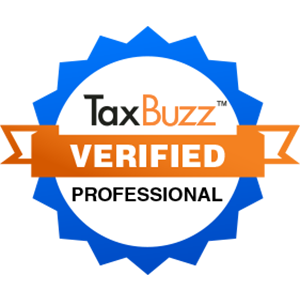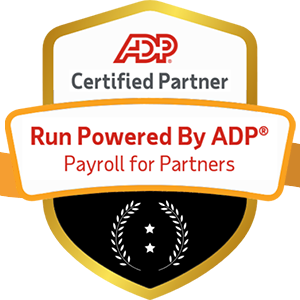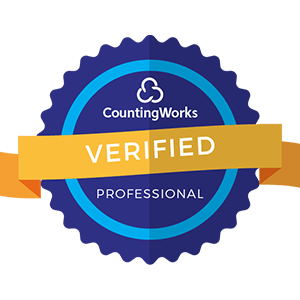
The first quarter-end after implementing a new payroll and human capital management (HCM) system can be daunting. Processing final paychecks in the old system while gearing up for tax filings, quarterly reconciliation, and new pay cycles in the updated platforms is a complex transition that requires thoughtful preparation.
Whether upgrading disconnected HR platforms or moving from paper to SaaS, streamlining processes through integrated payroll and HCM unlocks significant efficiency gains. However, optimizing starts by ensuring compliance amidst the changes, especially for mid-year conversions. With volumes of employee and tax data to migrate and validate ahead of filings and the following fiscal period, cross-functional collaboration is vital.
A critical consideration for mid-year payroll/HCM system conversions is handling quarterly and annual tax filings.
Most top vendors offer a Full Tax Level service that manages all payroll tax compliance on behalf of the client, including quarterly and annual filings. However, not all providers have this capability. If converting mid-year to a system without Full Tax Level support, the organization must work closely with the vendor to ensure all quarterly and year-end tax filings are completed accurately across the legacy and new systems. This requires diligent data validation and balancing of tax liabilities between platforms.
The quality of quarter-end reconciliation relies on clean baselined data in the updated platforms. Before transition, HR and payroll leaders should complete full audits validating employee master records, YTD tax balances, deductions, benefits enrollments, bank account info, and more.
Identify control totals from Q1 (hours worked and paid, pre/post-tax deductions, company matching amounts, etc.) to cross-check following conversion. Map legacy payroll fields to the new system's data structure and confirm the treatment of historical balances. Doing so accelerates validation when live and limits downstream issues.
Approaching cutover, coordinate final pay cycle close in legacy tools vs. timing of first cycle kickoff in the new solution. Validate data is updated accurately across systems for the transition period to prevent incorrectly reported balances or missed filings at quarter end.

As leaders balance employee support with adapting to new HCM technology capabilities, clarify quarter-end requirements across teams early on. Doing so optimizes planning as the quarter one close approaches. Critical focus areas include:
Tax & Compliance Teams:
Payroll Teams:
HR Teams:
Confirm data validation protocols to support accurate W-2c and other filing corrections that meet compliance needs should employee record changes emerge post-transition.
As updated workflows cement across groups, keep change leadership in mind to support employees managing new quarter-end processes.
Once over the implementation hurdle, reconciliation and reporting optimization sustain ROI long-term. Critical areas HR and payroll managers focus on include:
While IT, payroll, and HR managers have just tackled significant change absorbing a new system, taking stock at quarter end ensures it's embedded successfully. Pausing to optimize again before the next fiscal period equips the business to realize the total value modern platforms can deliver over time.

Transitioning business-critical functions like payroll onto updated platforms involves considerable effort. While focusing resources on a smooth cutover, it's easy to underestimate the work required to leverage new long-term solutions. However, organizations reinforce transformations that enhance productivity, reporting, and employee experience over time by proactively realigning teams, processes, and focus areas around quarter-end compliance post-go-live.
Key ways payroll and HR leaders can prime their business for quarters ahead include:

As a full-service HCM consultancy, Ignite HCM guides companies through the entire system selection, implementation, integration, change leadership, and support continuum based on industry best practices and its proven methodology.
With experts in long-term HCM optimizations and robust services spanning strategy, payroll integrations, and training development, Ignite HCM enables organizations to realize maximum ROI from their workforce management technology investments. Ignite HCM is a Certified ADP Partner.
Learn more about envisioning success at www.ignitehcm.com.


